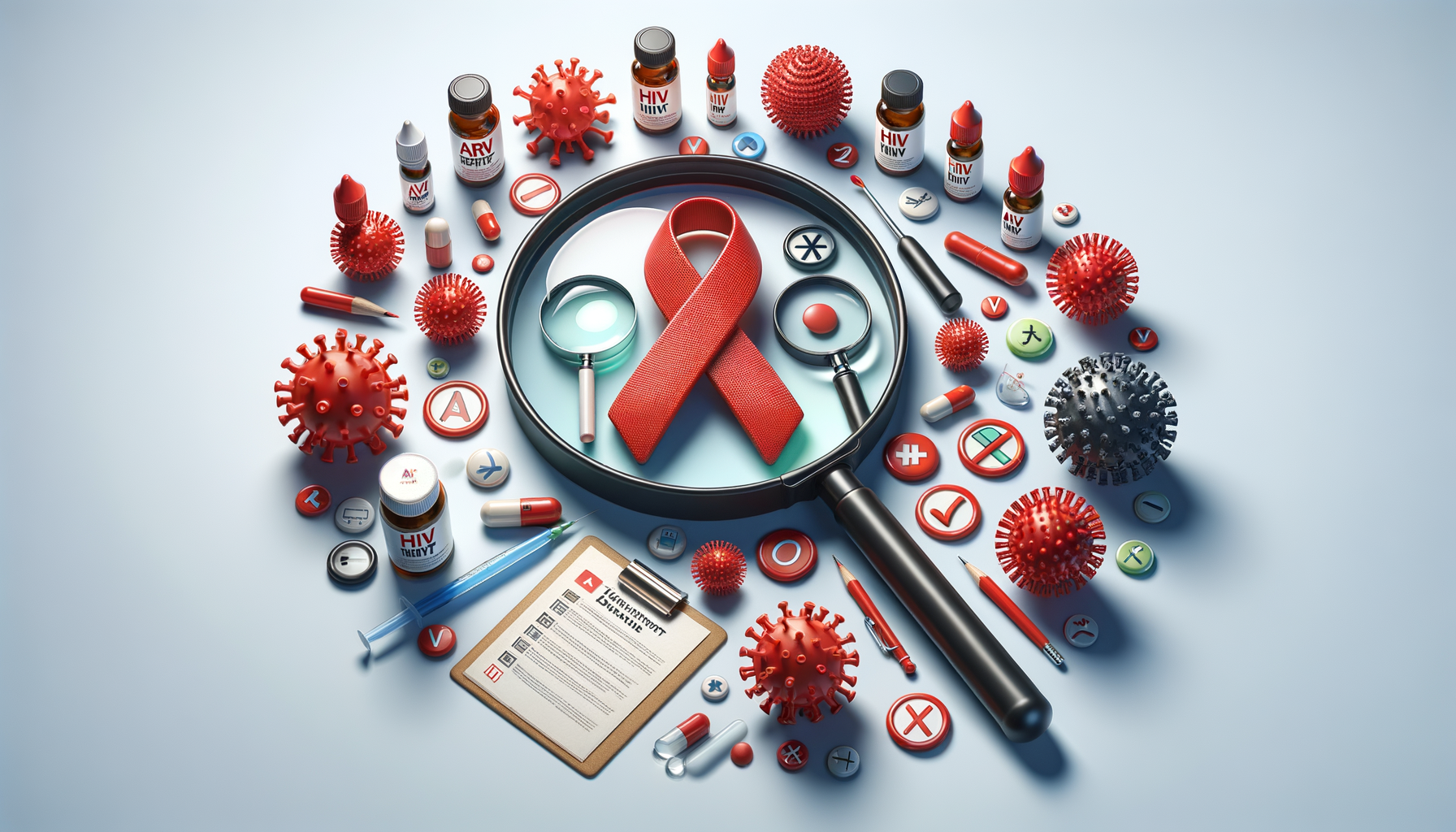Recognizing Important HIV Warning Signs: Essential Information on HIV Treatment and Antiretroviral Therapy
Learn how to identify key HIV warning signs and understand the latest options for HIV treatment, including antiretroviral therapy (ART) and new FDA-approved medications. Discover how early diagnosis and access to effective HIV care can improve health outcomes and reduce transmission risks in the United States.

Understanding HIV and Its Impact
Human Immunodeficiency Virus (HIV) is a significant public health issue that affects millions of people worldwide. Understanding the virus and its impact is crucial for effective prevention and treatment. HIV attacks the body’s immune system, specifically the CD4 cells, which are vital for fighting off infections. Over time, if untreated, HIV can lead to Acquired Immunodeficiency Syndrome (AIDS), a condition where the immune system is severely compromised.
Recognizing the importance of early diagnosis cannot be overstated. Early detection of HIV allows individuals to begin treatment sooner, improving health outcomes and reducing the risk of transmission. Key warning signs of HIV can include flu-like symptoms, such as fever, sore throat, and fatigue. However, these symptoms are not exclusive to HIV, which is why testing is essential for anyone who believes they may have been exposed to the virus.
HIV disproportionately affects certain populations, including men who have sex with men, transgender individuals, and people of color. Addressing these disparities is vital for reducing the overall impact of the virus. Public health initiatives focus on increasing awareness, promoting testing, and ensuring access to treatment for all affected groups.
Antiretroviral Therapy: A Cornerstone of HIV Treatment
Antiretroviral therapy (ART) is a highly effective treatment strategy for managing HIV. ART involves the use of a combination of medications that target different stages of the HIV lifecycle, thereby preventing the virus from replicating and reducing its presence in the body. This treatment helps maintain a healthy immune system and reduces the risk of HIV transmission.
One of the primary goals of ART is to achieve and maintain an undetectable viral load. When the viral load is undetectable, the risk of transmitting the virus to others is significantly reduced. This concept is central to the „Undetectable = Untransmittable“ (U=U) campaign, which aims to educate people about the effectiveness of ART in preventing HIV transmission.
The U.S. Food and Drug Administration (FDA) has approved several medications for use in ART, offering options that cater to individual needs and preferences. These medications are usually taken daily and require adherence to ensure their effectiveness. Side effects can vary, but modern ART regimens are generally well-tolerated, allowing individuals to lead healthy lives.
ART has transformed HIV from a fatal disease into a manageable chronic condition. Access to ART and regular monitoring by healthcare professionals are essential components of effective HIV care. Patients are encouraged to work closely with their healthcare providers to tailor treatment plans that best suit their lifestyles and health needs.
Emerging Trends and Future Directions in HIV Treatment
As research in HIV treatment continues to evolve, several promising trends are emerging. Long-acting injectable ART is one such development, offering a convenient alternative to daily oral medications. These injectables, administered every few months, could improve adherence and quality of life for individuals living with HIV.
Gene therapy is another area of interest in the fight against HIV. Scientists are exploring ways to modify genes to make cells resistant to HIV infection or to enhance the body’s immune response against the virus. While still in experimental stages, gene therapy holds potential for future breakthroughs in HIV treatment.
Pre-exposure prophylaxis (PrEP) and post-exposure prophylaxis (PEP) are preventive strategies that have gained traction in recent years. PrEP involves taking medication regularly to prevent HIV infection in high-risk individuals, while PEP is used after potential exposure to the virus. Both strategies underscore the importance of prevention alongside treatment.
Efforts to improve access to HIV care and reduce stigma associated with the virus are ongoing. Public health campaigns, community outreach, and education programs aim to increase awareness and acceptance, encouraging more people to seek testing and treatment. Collaboration between governments, healthcare providers, and communities is crucial for continuing progress in combating HIV.